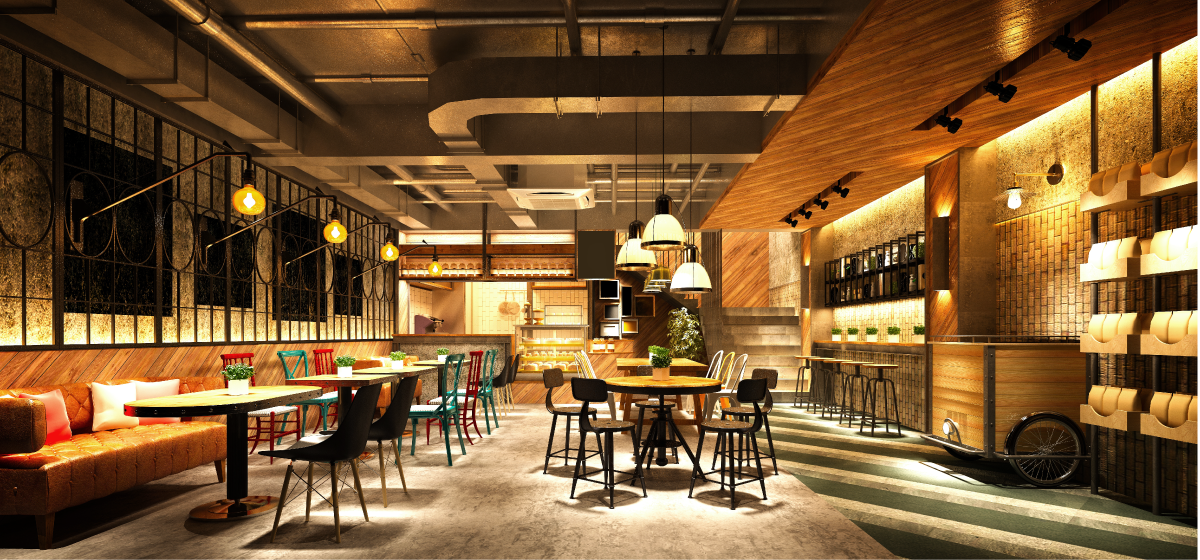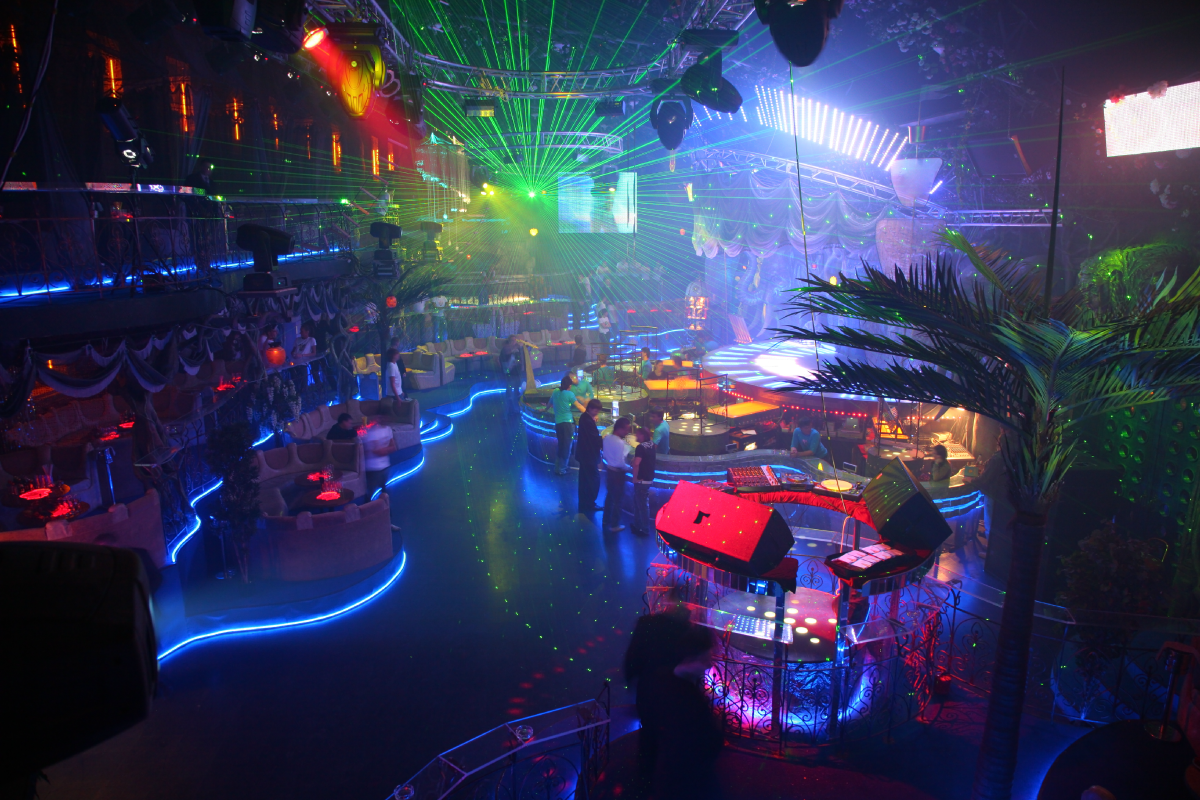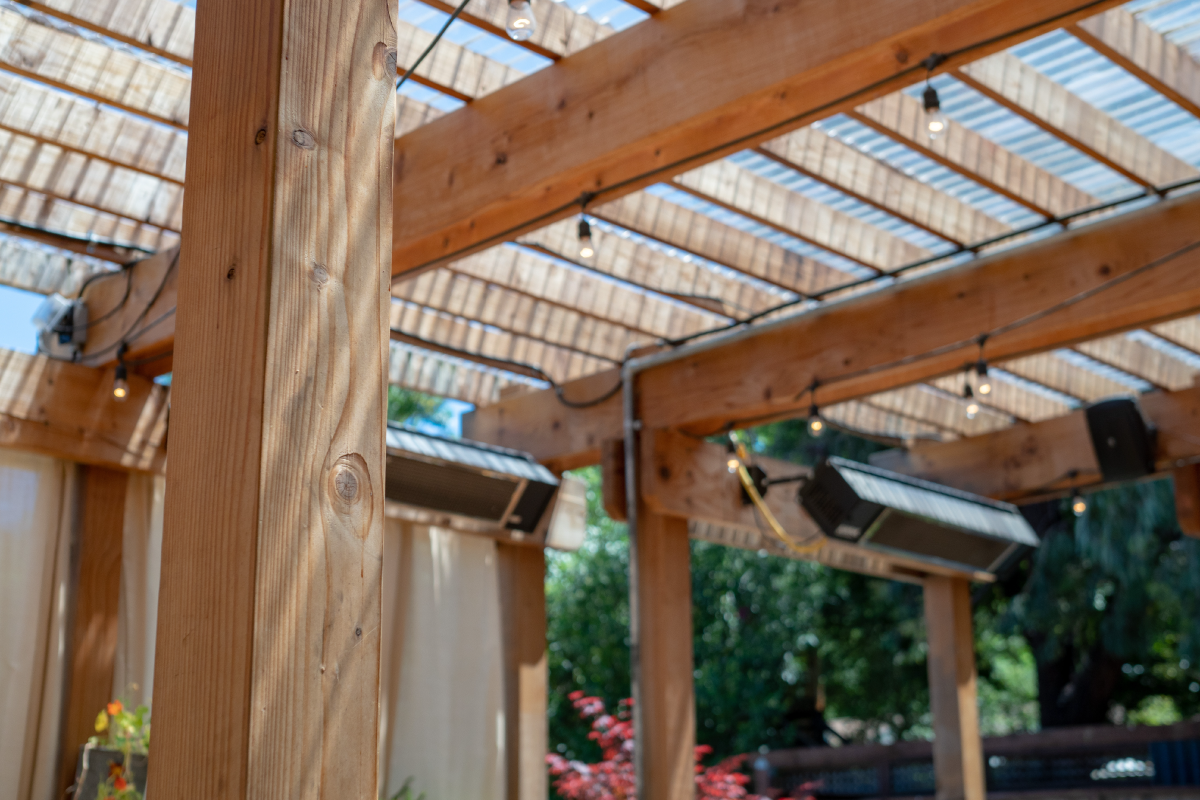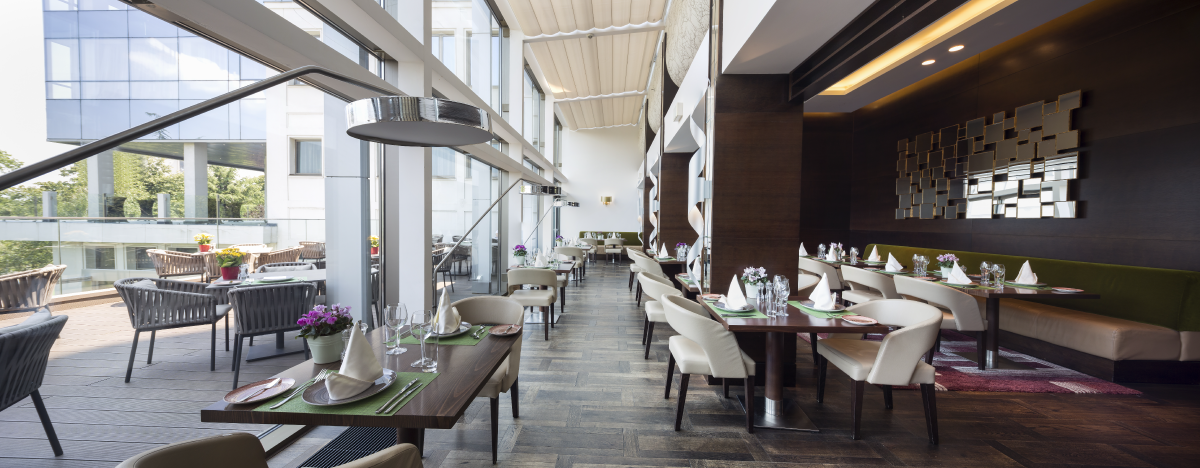Acoustic systems in recreational environments: how to 'cuddle' your guests


Here we are with the second episode dedicated to acoustic installations and, after considering commercial environments in the first article – shops, beauty centres, and more – this time we’ll focus on environments with a “recreational” appeal, as all those places where, in addition to the main purpose, is provided some sort of entertainment: restaurants, pub, lounge bar.
RECREATIONAL ENVIRONMENTS
Wether it’s restaurants, pubs, disco bar and similar, it is once again very important to understand what are the client’s needs even before starting the project and installation of a sound system.
These needs, in this particular case, depend on the type of activity and business model itself.
To make things clearer let’s think of the differences between a restaurant and a lounge bar: different opening hours, different use of the spaces by the customers and a usually quieter environment in the restaurant.
It is also obvious that diufferent systems belong to different installations, indoor or outdoor and, in that case, the geographic position can also influence your choice, being a hut 6000ft in the mountains or a veranda by the beach, the right choice of materials and environmental protection is crucial.
Let’s clarify, then, what can be identified as the three main prerequisites that a sound system must have in a recreational environment:
- Extremely versatile system, capable of delivering music at high volume, when required (lounge bar and pubs)
- Modular, and the possibility to aim the speakers to cover external and stage areas
- State-of-the-art mixing and matrix to satisfy needs that are different from the simple audio player

PROJECT AND INSTALLATION
It is true that, in Italy, live music has had a few rough years, but this trend could change in the next months or years, because of the renewed desire of people to aggregate and enjoy live music.
It usually isn’t the case of a restaurant – at least not all restaurants – but it certainly can occur that a medium sized lounge bar or pub need to have gear for a live performance, a DJ, or piano bar.
That’s why it appears really important (if not wise), to have a system – or a part of it – adequately sized, to make possible a sound reinforcement for a more “sustained” musical program (DJ, live band). Let’s be clear, it’s never a good idea to “stretch” a small system objectively undersized, but you should always include at least a couple larger speakers capable of dealing with more sound pressure without being faatigued. The same is true, if we think of having live performances, with including in the setup a good mixing console and some additional cables – wisely located in the venue – to avoid pulling flying cables that could represent an unpleasant factor or, straight up, a danger. Summing up:
- Plan at least a couple larger speakers capable of delivering adequate SPL on a wider acoustic spectrum
- Mixing console to manage various sources and/or mixing challels
- Plan electrical and signal cabling in strategic areas to be able to move the system based on the need, but without affecting the venue
About the choice of the right mixing console we suggest you read another series of useful articles you can find on our blog at this link

SOUND PRESSURE
Sound pressure level (SPL) is the measure in dB of the deviation of the environment pressure caused by a sound wave.
If in the first article, dedicated to commercial installations (link) we discussed acoustic comfort, in this case, being about night clubs, it is important to focus on this aspect.
In this case we should setup a system capable of delivering music efficiently in all its frequencies, including the lower ones.
A system like that can be both full range, two, or three way, doesn’t matter. What matteri s that it must be capable of generating effortlessly enough SPL (roughly 115dB and up) on a frequency range from 30 Hz to 18 kHz. As we know the range of frequencies we can hear goes from 20 to 20.000 Hz, but as a practical advice, thge extremes of the range can be left out, and focus on a slightly narrower range, making it sound better.
By the way, do not put all your money on data and data sheets – that have an objective value – because the numbers must often be interpreted and are not the only parameter to be evaluated when choosing a sound system.
LOW FREQUENCIES AND THE SUBWOOFER
Low frequencies, to be intended as those frequencies going down from 300 Hz, have always a bitter sweet taste for sound engineers and sound designers. Too often people tend to emphasize way too much this range, believing that this way they can create that engagement through the “punch” that the audience loves.
In reality this is not the right path and often a system that is not properly aligned on the low end can create filters and phase shifts that confuse the acoustic panorama.

LET’S POSITION OUR SPEAKERS THE SMART WAY
In the project phase of a club system, the placement of the speakers is fundamental.
Any configuration of speakers we choose – full range, two or three way with speakers dedicated to different frequencies, we always have to find the right compromise between size and functionality, without forgetting the aesthetic impact, more and more important and requested when talking of high-end clubs. Subwoofers, due to their physical charateristics, are usually the largest speakers and are usually put on the ground. Let’s clarify a concept that obeys to one of the unquestionable laws of acoustic: to deliver low frequencies – apart from the various tricks and “scoustic artifices” – you usually need medium and large sized woofers. A proper sub will then have one or more woofer (cones, in slang) from 13” up with all that this implies in terms of space occupation.
Why, usually, it’s a good thing to use separate speakers for the low frequencies? Here are some advantages:
- A separated sub can be concealed and moved at need
- Ground positioning of a sub can offer advantages in SPL thanks to the reflective surface of the ground where useful vibrations can help
- Separated subs also mean scalability and modularity of the system (when not needed they can be turned off to reduce power consumption, being the most requiring elements in terms of Watts)

CORNERS, ANGLES, TRAPS
The room, the environment, volumes and where walls are placed, corners, sofas and all that is furniture, influences inevitably on the acoustic output.
It is true that there are materials and furniture that can even help “dampening” sound, but usually the true enemies of acoustic propagations, especially in the low end, are corners, angles and reflective surfaces (glass).
It is the reflections and reverberations created in the corners between walls, floor and ceiling, that give back a sound usually confused and with the typical “echoing” effect.
No worries, because in this case a good sound designer can, using those that are called bass traps, reduce significantly this problem.
Bass traps are nothing but pieces of acoustical absorbent material forged in such shapes able to absorb and “tame” resonances, often annihilating the problem.
It is important to locate risky areas already in the project phase with adequate products, customizable in colors, that can blend in the venue with aesthetic benefits. About windows ad highly reflective surfaces there’s no trick but to try and cover them with drapes and curtains, to avoid reflections.
As you may have understood, also in this case it is crucial to address to competent professionals and experienced companies with a well furnished catalog and can make the difference. Nowadays a good sound system must be capable not only of playing well with the right sound pressure, but must also be efficient, possibly scalable, to come towards every need of the venue and, more importantly, be always aesthetically and functionally integrated with it.

Provided by Encore Agency

